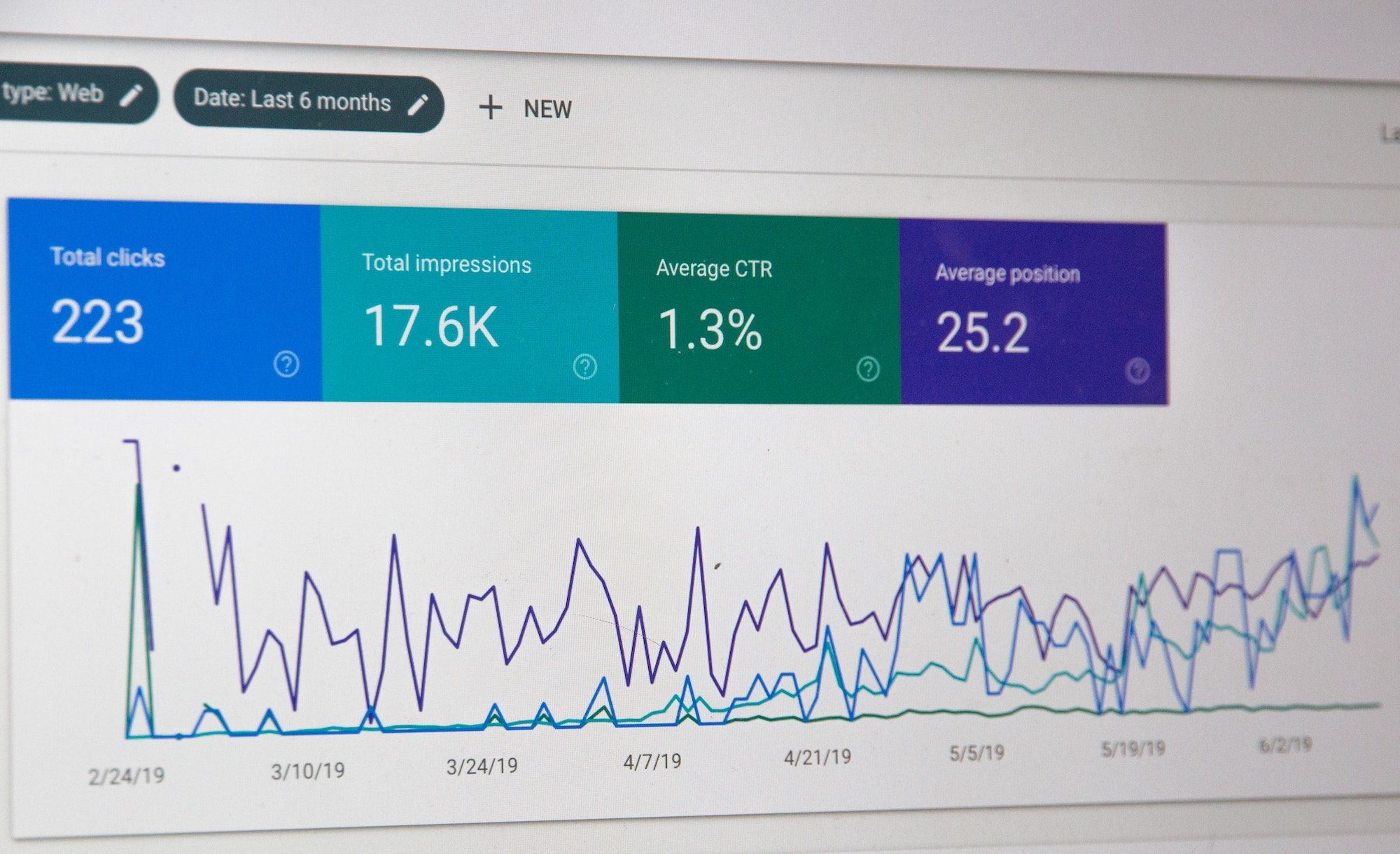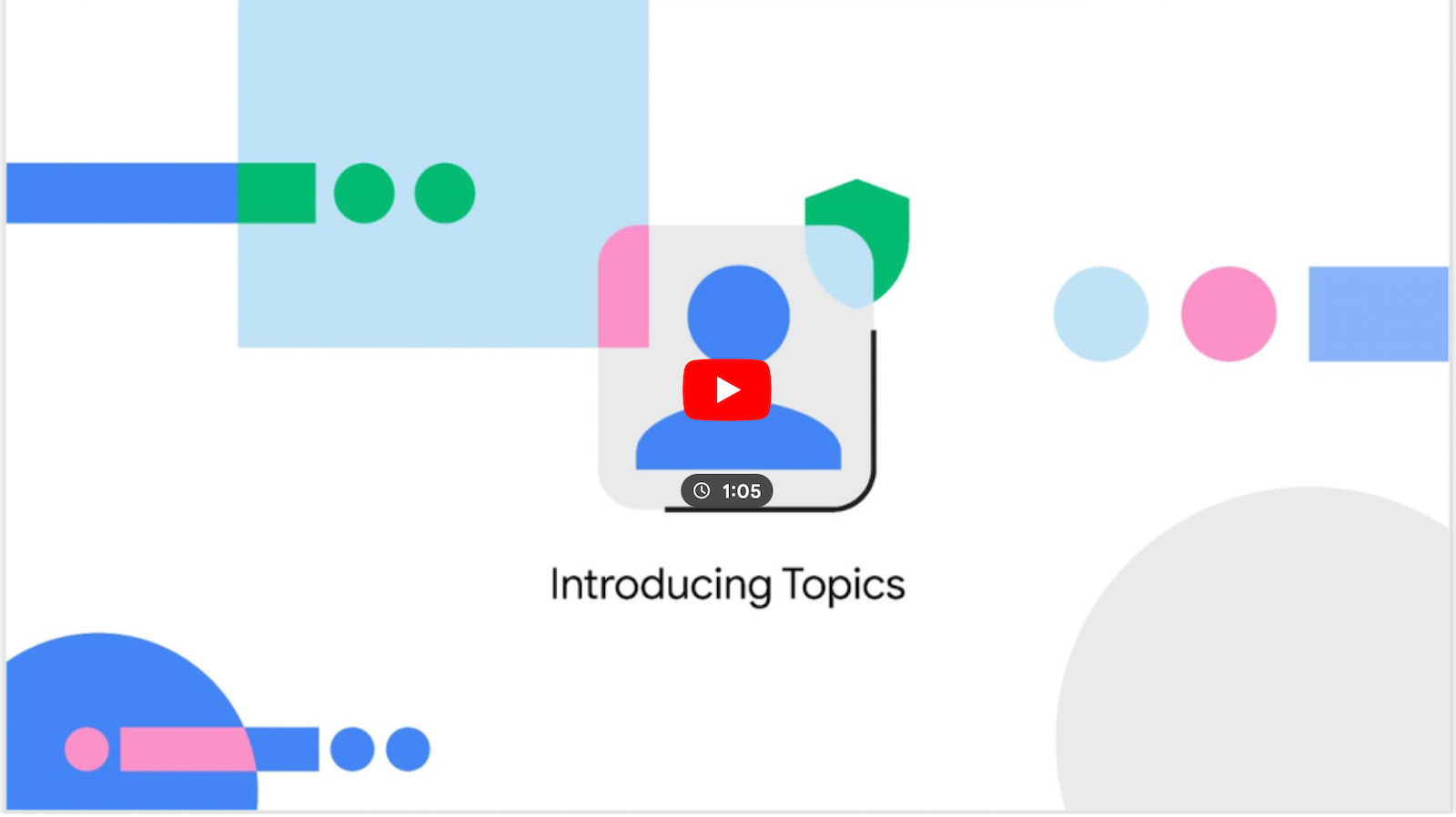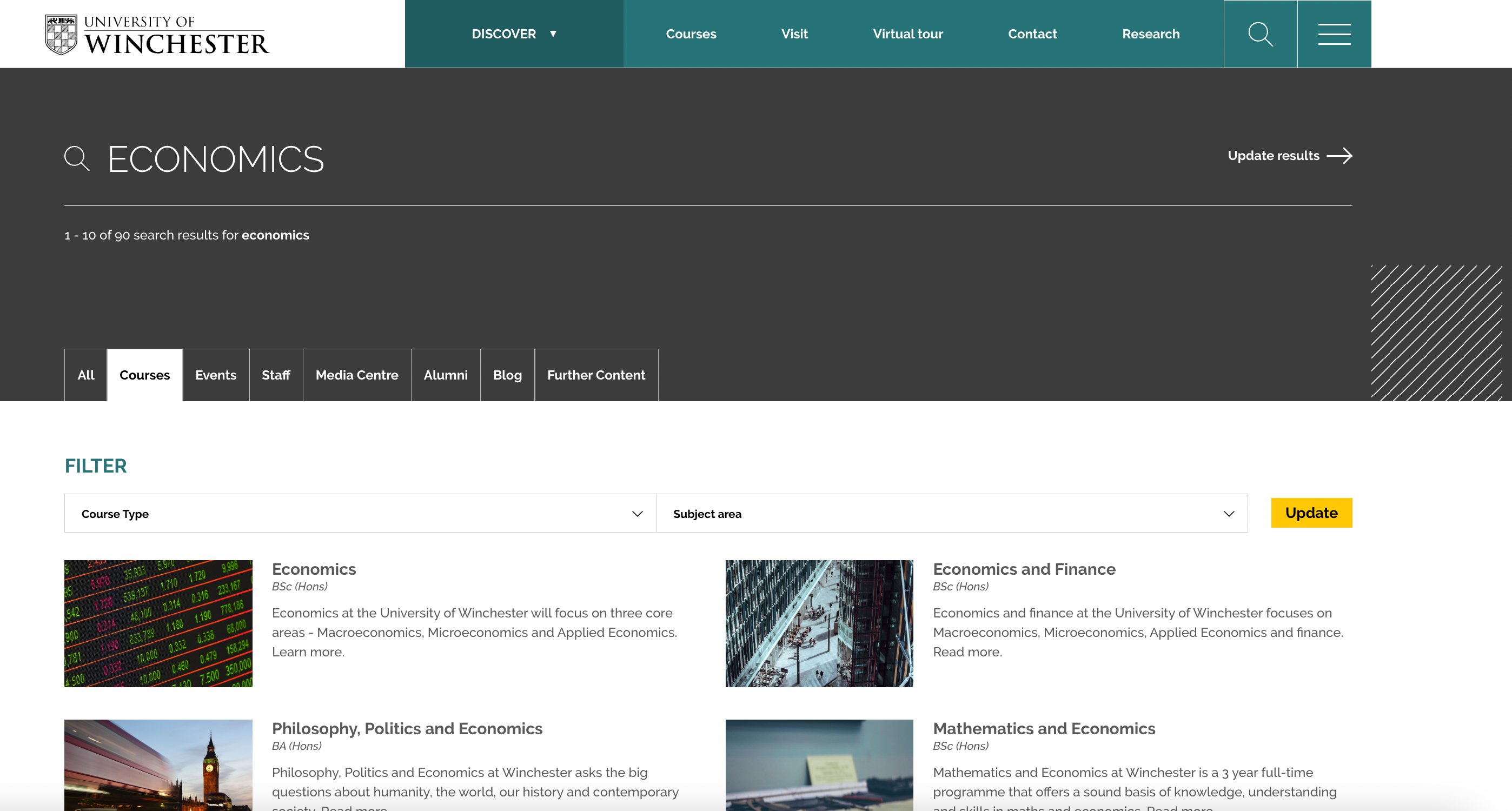The death of third-party web cookies may be good for consumers… but is it good for universities and colleges?
Today’s students increasingly expect personalized experiences from colleges and universities, but the emergency of new privacy and data regulations and tech’s recent blocking of data-gathering techniques are irrevocably changing the marketing landscape.
Google will block third-party cookies in Chrome by the end of 2023, and Apple's shift toward privacy has already affected the marketing world.
With these new privacy moves, what will a cookieless future mean for universities and colleges who rely on third-party analytics to drive their content?
In this blog post, we look at how the loss of third-party cookies will affect higher education marketing in a post-pandemic, post-GDPR world.
A new privacy-driven internet
Marketers love what they can measure, and typically rely on high-quality data to drive content and conversions.
But things have changed, and we’re now facing a cookieless reality.
- GDPR and CCPA are increasingly being enforced.
- Apple is going strong with new privacy measures and App Tracking Transparency data opt-outs.
- Mozilla has implemented a data privacy Enhanced Tracking Protection (ETP) program.
- Google will soon end support for cookie tracking.
This all means less data and user information for marketers to work with.
But there are ways marketers can survive in a post-pandemic, post-GDPR world: reevaluate and innovate.
The death of third-party cookies
Third-party cookies have long been used to track and analyze user behavior across websites, allowing for remarketing techniques and reporting on campaigns and ROI.
Soon, though, attribution models and website analytics will be all over the place without third-party cookies.
ROI and channel attribution on ad campaigns will also be affected, making it harder to retarget students.
User interests and visits won’t be tracked, and most universities and colleges will soon see a downturn in returning visitors and a sharp increase in 'new’ visitors.
Third-party cookies have been vital to identifying campaign and channel measurement and ROI. But without them, how will you track this?
The short answer is, you won’t. But there are other ways to measure marketing performance.
How will advertising work without cookies?
Google’s decision to block third-party cookies in Chrome, which is not without controversy, will have a significant competitive impact on higher education digital marketers.
It comes alongside their new Privacy Sandbox, and an updated privacy-safe alternative to cookies: Topics.
(The initial Federated Learning of Cohorts, known as FLoC, was dropped after privacy concerns were again raised).
With Topics, tracking won’t stop completely. Interest-based advertising will continue, with 'top interests’ of browsing history kept for up to three weeks and stored on the user’s device.
Google’s FLEDGE (First Locally-Executed Decision over Groups Experiment) will do something similar but for ad retargeting, and the Attribution Reporting API can be used to measure conversion but without third-party cookies or cross-site identifiers.
But these efforts, still in progress, are showing limited success so far. It’s something higher education marketers should keep an eye on.
What are we really losing, though?
If you compare your Google Analytics metrics to your server-side metrics, there’s a good chance you’ll see a significant discrepancy.
That’s because long before the death of the cookie, this data was already somewhat unreliable. Bots, users who block cookies, or those who use two devices, or regularly clear cookies could yield inaccurate data.
And Google, Facebook, and others use different definitions and metrics, so following streamlined cross-channel analytics is also challenging.
There have always been issues with website analytics data quality. According to Nielsen, only 26% of global marketers are fully confident in their audience data.
Also, third-party cookies are creepy.
So ultimately, isn’t it time to take a step back and away from analytics data, and maybe focus on creating a more engaged relationship with the target audience?
 Were cookies every really useful for accurate analytics?
Were cookies every really useful for accurate analytics?
Creating a more authentic relationship
Being (overly) reliant we are on user data for ROI doesn’t allow us to consider the privacy implications for students and website visitors.
In a privacy-first future, marketers need to create more authentic relationships with prospective students, by using touchpoints on their user journey.
Zero-party or first-party data is less invasive and more personal. This would include information a student or parent proactively shares: for example, their email address in a survey, or by filling out a form in exchange for something they want (a Campus Visit registration, a course catalog, a call-back).
Investing in a relationship will also allow you to understand better your audience’s needs, interests, and intent and allow you to better provide for them.
Contextual marketing: Say hello to the first-party cookie
Now that client-side cookies data is no longer viable, higher-ed marketers can turn to server-side cookies as an alternative.
Implemented the right way, first-party analytics offers better security over the data. and also allows you to contextualize data with more information from several sources (e.g., from your CMS, your CRM, searches on other integrated tools like enterprise search for higher education, etc.).
University of Winchester uses a smart search solution for higher education, which offers invaluable sources of information about what students are looking for, and can be used to refine and optimize content.
Defining the touchpoints (ad, email campaign, landing page, form, application, etc.) where you can connect authentically with your students is vital, as is choosing the right way to measure success.
By integrating first-party data with deeper analytics of onsite activity (e.g., forms, landing page engagement, or events), you’ll have a better understanding of content performance.
Even with server-side tracking—perhaps even more so—you need to ensure that you handle data privacy permissions (opt-ins, opt-outs) appropriately and that server-side tracking is done accordingly.
There’s a way to deliver ROI using first-party data, and there’s lots of information on the web that will help you do this.
There’s even an option to continue using Google Tag Manager or Tag Manager 360 to have server-side cookies management on the cloud, but these will need to be set up correctly.
If you're using Google properties (Ads, YouTube, etc.), you’ll be able to continue to use your own first-party data information.
Of course, you’ll be limited to what a user does on your site, but that can still be valuable information.
If streamlined, all these data sources can provide valuable data to inform your marketing campaigns to deliver the right content at the right time. The very core of marketing.
Conclusion
Higher education marketers have been busy over the last two years, and they’ll have to continue innovating to adapt to this changing digital marketing landscape.
You won’t be alone in trying to surmount this new obstacle; and while no one has the absolute answer, many higher education marketers will be trying new strategies to establish better engagement with their target audiences.
Successfully knowing what information you need and how to get it will drive better marketing decisions.
That success will depend on a marketer’s ability to convince students to share the right data, voluntarily, with your institution.
Now is the time to start strategizing about new marketing campaigns that will provide the data you need to measure performance and connect with students.
How are you planning on handling analytics next year? Share your tips and comments with us.
 |
 |
 |
|---|

:format()//media/The-cookie-less-future-for-higher-education-RQ.png)

